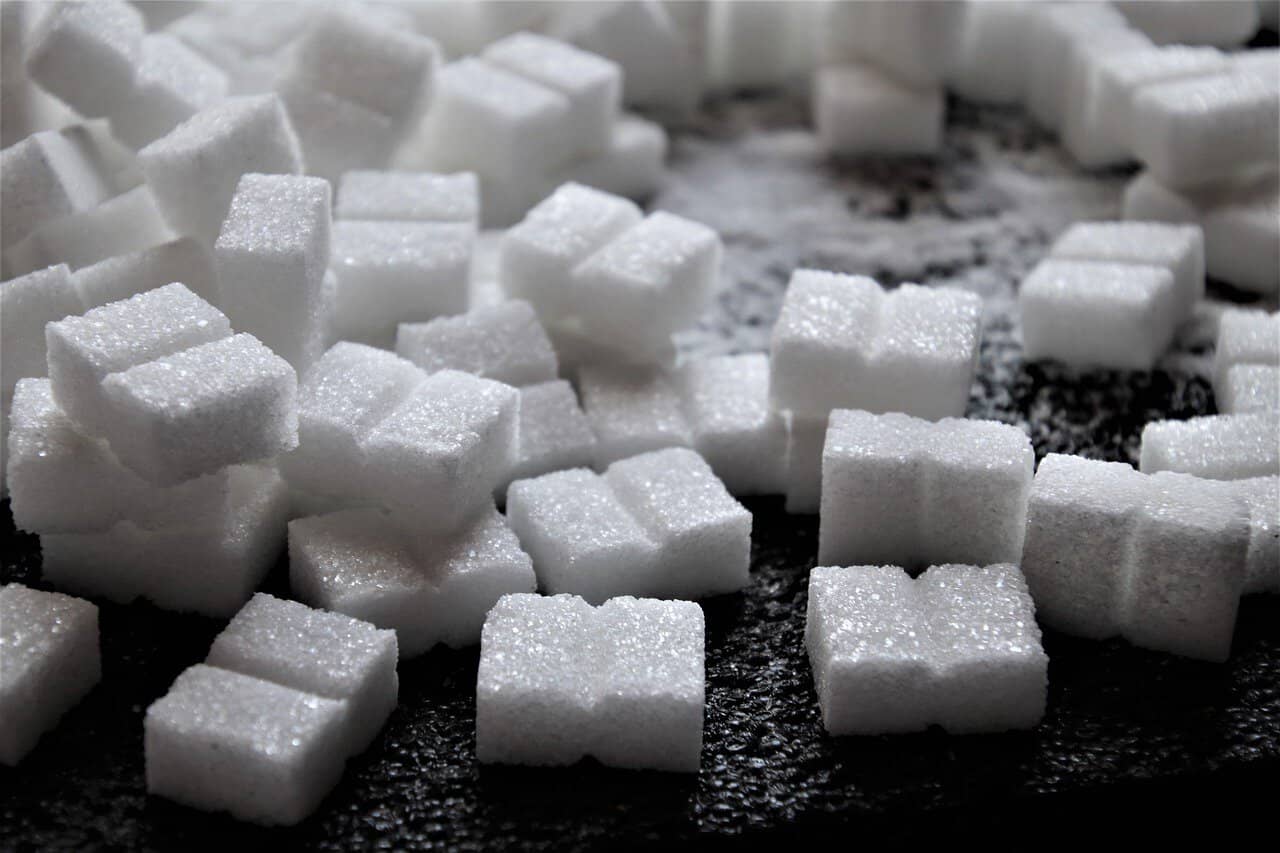A new study published by the Commission to Promote Competition (COPROCOM) reveals that the price Costa Ricans pay for sugar and its by-products is up to 50% higher than international market prices. The research, conducted by Fernanda Viecens, a consultant for the Inter-American Development Bank (IDB), is part of the changes Costa Rica must implement after joining the Organization for Economic Cooperation and Development (OECD).
The study highlights that the current structure of sugar production in Costa Rica, entirely controlled by the Sugar Cane Agricultural Industrial League (LAICA), is the primary cause of these elevated prices. LAICA is a non-state public entity that oversees the entire sugar production, distribution, and commercialization chain in Costa Rica.
“Since there are no competitors and entry is restricted by barriers, the power to counteract LAICA’s actions is almost nil. Additionally, competitors wouldn’t have access to input sources (cane) outside of LAICA’s scheme,” the study notes.
The investigation concludes that LAICA’s structure inevitably leads to higher prices for consumers of sugar and all sugarcane products. The study also mentions that LAICA’s role in the sugar production process is unique to Costa Rica and is not seen in other countries.
LAICA sets the “quotas” for sugar mills, determining how much each mill will process. They also establish prices, influenced by the international market.
Furthermore, sugarcane producers in Costa Rica are required to be part of LAICA, as are all mills. Importing sugar from other countries is highly restricted due to heavy tariffs historically approved by the Assembly, meaning everything must go through LAICA, which the study describes as a “sugar cartel.”
“Practically the entire sugarcane ecosystem in Costa Rica is heavily regulated by the state, either through specific legislation or state monopolies,” the report states.
It also concludes that the high prices paid in Costa Rica compared to international market prices disproportionately impact lower-income households. The price of sugar consumed by the poorest households is 18 times higher than that consumed by wealthier households.
This situation also exacerbates poverty and inequality, as the rising cost of processed foods containing sugar further burdens low-income families. The study found that in addition to high prices, the sugar market in Costa Rica is also facing a decline in the number of hectares planted and producers involved in the industry.
“If we make life more expensive for the poorest, we make them even poorer, widening the gap between rich and poor,” said economist Ricardo Monge, who was invited as a guest commentator during the presentation of the results.
In response to the study’s findings, LAICA stated that it will “conduct a review of the results shared in order to provide our perspective on the information.”






